An added month of extreme heat is reshaping life for billions worldwide.
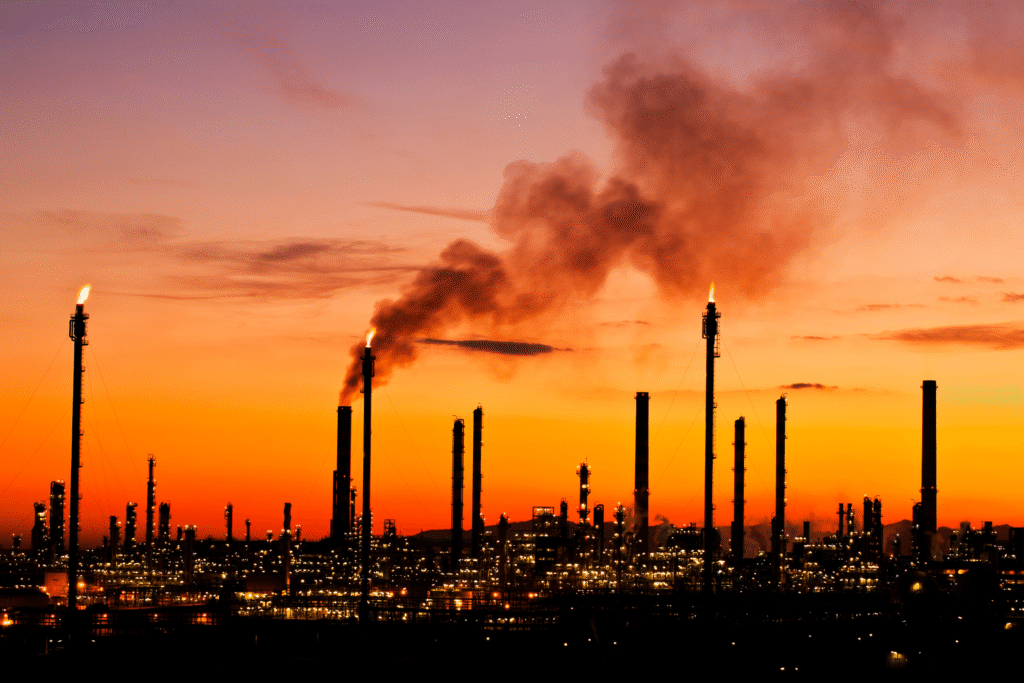
The Earth is stretching its summers further than we ever planned for, and it’s not a small shift. Four billion people are already living through an additional month of extreme heat every year, and the numbers are rising fast. This isn’t just about hotter days; it’s about reshaping economies, health systems, and daily life.
What makes this even more unsettling is how quickly these changes have accelerated. Within just decades, climate models have leapt from prediction to reality, showing us that extreme heat is no longer an exception but a season of its own.
1. Summers now last longer than human history prepared us for.
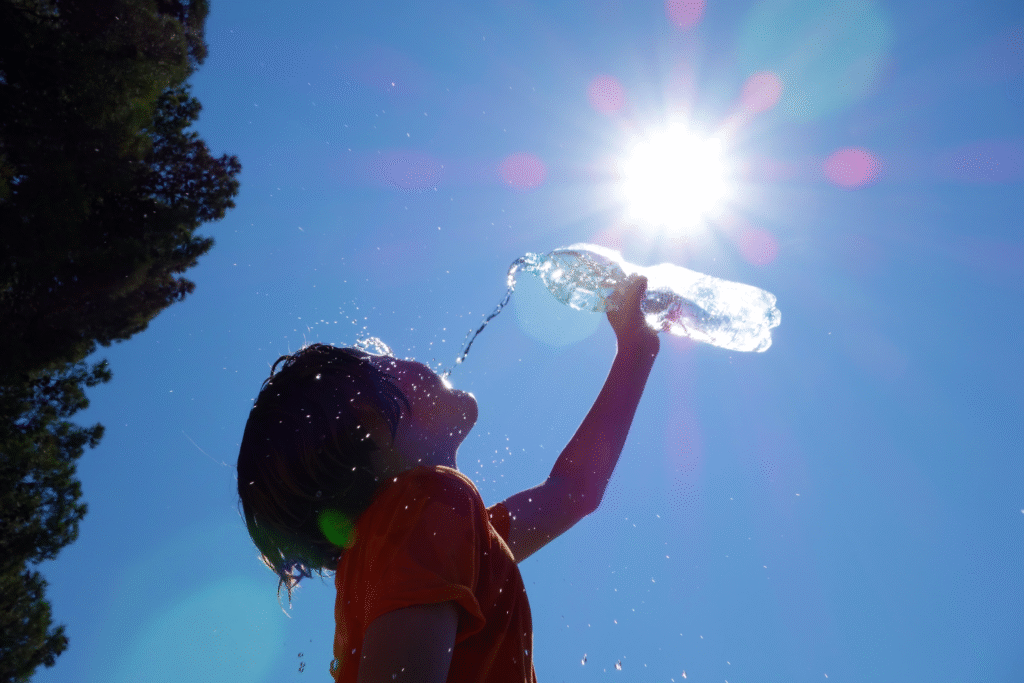
For most of human history, the calendar was a reliable guide for farming, migration, and rest. Now, according to research published in Nature Climate Change, summers in many parts of the world have stretched an extra 30 days compared to mid-20th century records. What used to be a fleeting heatwave is now a settled presence. Farmers in India and factory workers in Mexico are experiencing longer heat spells, and both face dwindling options to adapt.
The more this seasonal creep takes root, the less time there is for ecosystems and economies to recover. Crops that once relied on cooler transitions wilt before harvest. Families accustomed to natural reprieves now find no such break. The calendar isn’t lying, but the atmosphere has stopped listening to it.
2. Human bodies are buckling under relentless exposure.

It’s one thing to endure a week of sweltering heat, but a month changes the physiology of entire communities. Heat exhaustion, dehydration, and strokes are becoming more common as stated by the World Health Organization. Cities in Pakistan, where nighttime cooling has disappeared, report hospitals filling beyond capacity during prolonged hot periods. The limits of human tolerance are being tested in real time.
Prolonged heat doesn’t just weaken individuals; it forces whole societies to shift their daily schedules. Outdoor work moves into nighttime, school attendance drops, and electricity grids groan with unprecedented demand. The body may adapt briefly, but the longer the heat sticks around, the more fragile that adaptation becomes.
3. Crops are collapsing before they can feed people.
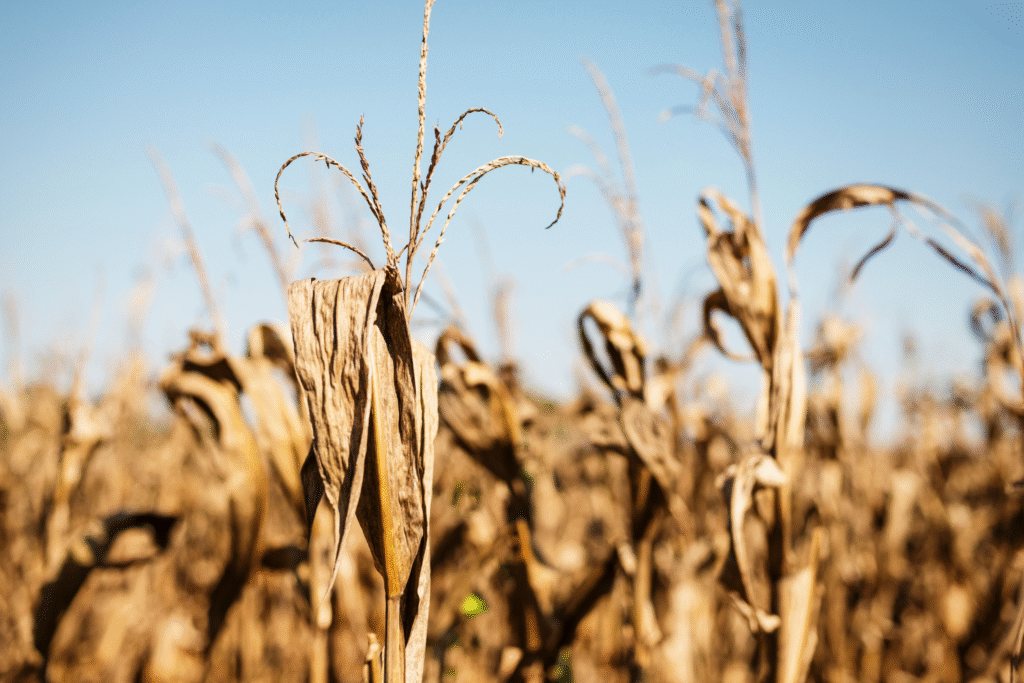
Plants are more sensitive to sustained heat than many animals, and agriculture is already showing cracks. In the American Midwest, corn yields are shrinking, while wheat harvests in North Africa are collapsing. As discovered by the International Panel on Climate Change, these effects don’t just ripple through local economies—they destabilize global food security.
When the heat clings for a month longer, soils dry deeper and pests thrive longer. Irrigation buys some time, but in many regions, groundwater is already near exhaustion. Farmers no longer ask if they’ll lose a harvest; they ask how many they’ll lose in a decade. The thin line between abundance and famine is stretching thinner by the year.
4. Cities trap more heat than the countryside ever could.
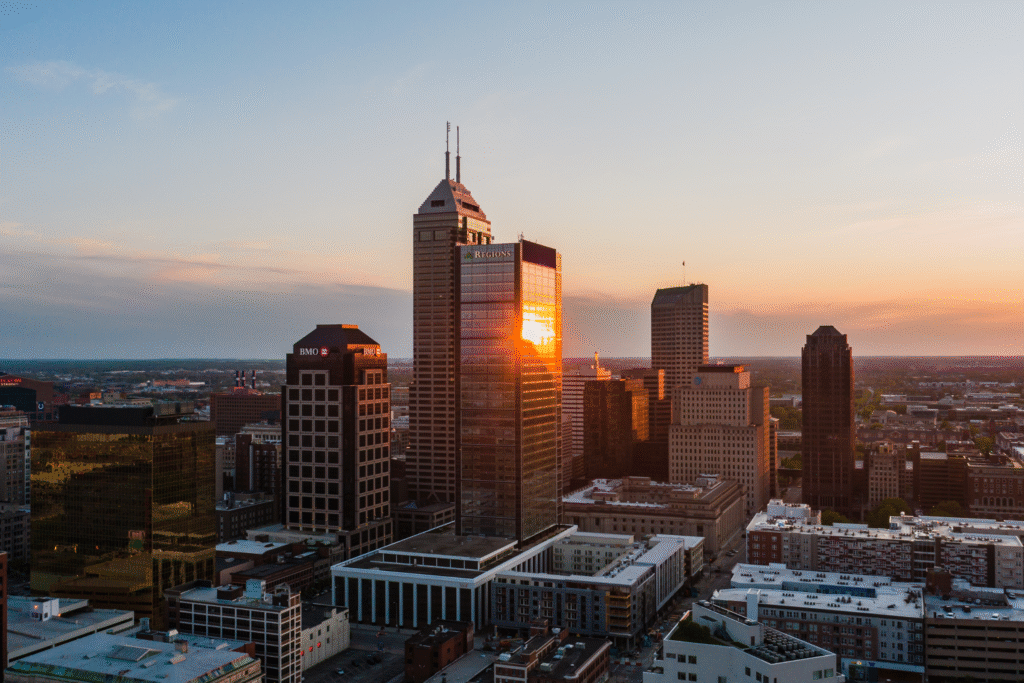
Urban centers, already designed with asphalt and concrete that store warmth, now act as massive radiators. When heat lingers for weeks, these heat islands refuse to cool, creating nights where temperatures never fall below dangerous thresholds. Residents in sprawling metros like Cairo and Jakarta can’t escape the oven, not even after sundown.
Air conditioning is a lifeline but only for those who can afford it. For millions living in informal housing or with patchy electricity, the walls simply absorb and radiate heat back into the room. Cities magnify what the atmosphere delivers, ensuring that the most vulnerable carry the heaviest burden.
5. Wildfire seasons stretch alongside the heat.

The longer heat hangs in the air, the drier forests and grasslands become. This has turned wildfire calendars into year-round events. California, Greece, and Australia have each seen fire seasons overlap into what used to be wet months. Extended heat ensures that once a flame sparks, it has endless fuel to devour.
These fires don’t just destroy homes—they poison lungs hundreds of miles away. Prolonged exposure to wildfire smoke is now as much a health issue as a natural disaster. The extra month of heat is effectively gifting flames the stage to dominate landscapes long after they should have cooled.
6. Water scarcity intensifies with every extra week.
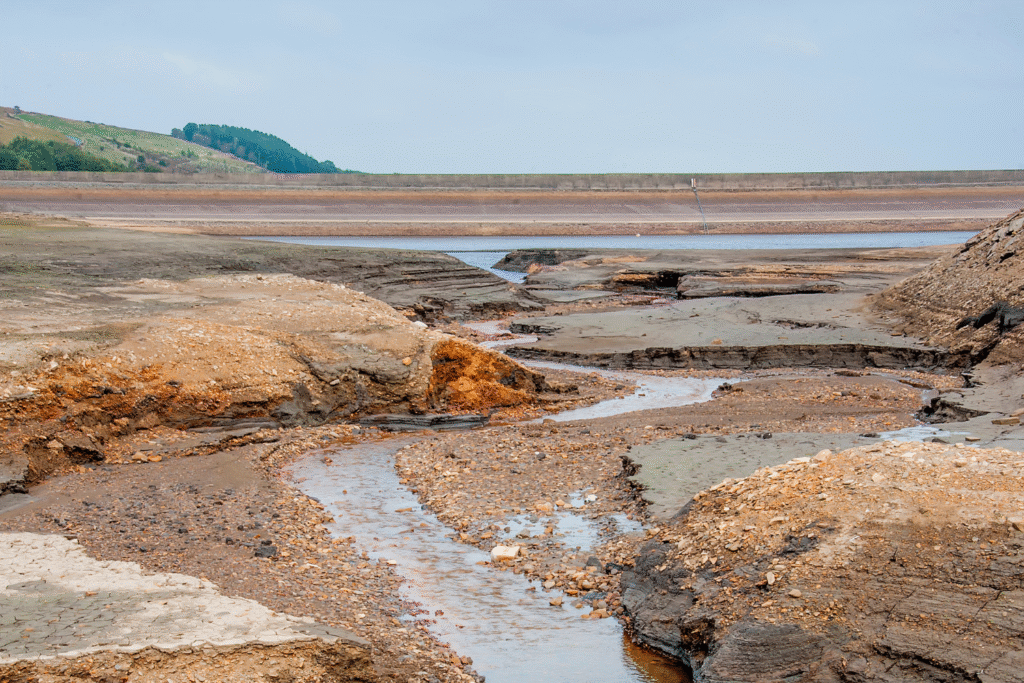
Extreme heat doesn’t just scorch crops and skin; it speeds up evaporation in reservoirs and rivers. Hydropower plants in Brazil are seeing reduced capacity, and families in Cape Town have endured water rationing as temperatures stay high for longer stretches. Each added week tilts the balance further away from supply and toward crisis.
Communities dependent on seasonal rains lose the buffer of reliable cycles. When water disappears faster than it can be replenished, conflicts rise over who gets what. Longer heat waves don’t just dry out the land; they dry out the social fabric holding communities together.
7. Work productivity plummets when heat refuses to fade.

Economic reports now track lost work hours the same way meteorologists track storms. When fields or construction sites stay too hot to enter, entire industries stall. Workers in Southeast Asia already lose an estimated 20 percent of their potential working hours during peak heat periods, and that number climbs each year the season grows.
The burden doesn’t fall equally. Wealthier companies shift to automation and indoor production, while poorer laborers simply stop earning wages. The extra month of heat becomes an invisible tax, one paid not in currency but in exhaustion and lost opportunity.
8. Extreme heat weakens infrastructure before its time.

Roads buckle, train tracks warp, and electrical grids fail when heat lingers too long. Europe, where infrastructure was never designed for extended extreme temperatures, now faces billions in repair costs each summer. Prolonged heat acts like slow-motion sabotage, eroding the reliability of systems built under cooler assumptions.
The longer the heatwave season, the shorter the lifespan of infrastructure. Repairs come faster, budgets stretch thinner, and entire networks wobble. What looked like once-in-a-century failures are now annual line items, draining resources that should have gone to progress.
9. Global inequality grows wider under longer summers.
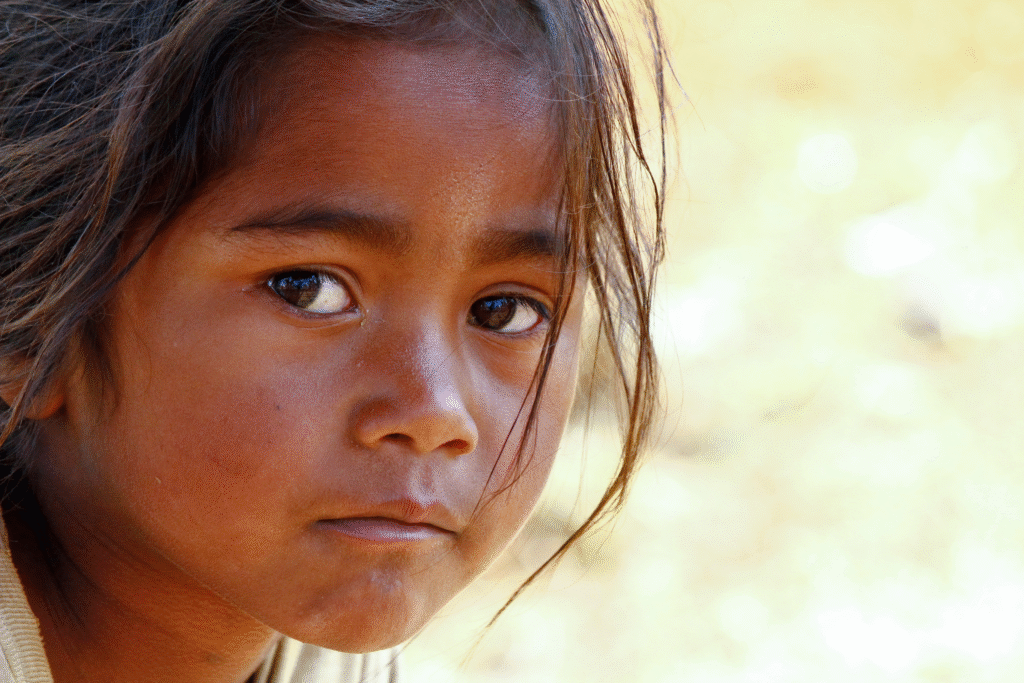
An extra month of extreme heat doesn’t strike evenly. Wealthier nations install cooling systems, rebuild faster, and shield their citizens with subsidies. Poorer regions—already battered by fragile economies—face cascading losses they cannot absorb. This imbalance amplifies existing inequalities, trapping millions in cycles of poverty made harsher by the climate.
It’s not just geography that divides outcomes; it’s policy and wealth. The countries least responsible for climate change endure the longest heatwaves with the fewest tools to fight back. Every additional day of heat makes the gap harder to bridge, not only in survival but in dignity.
